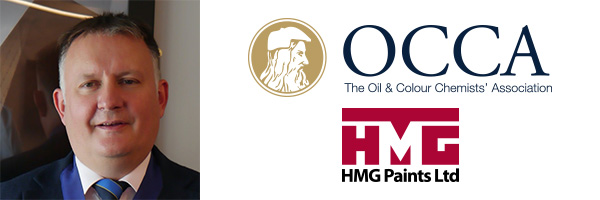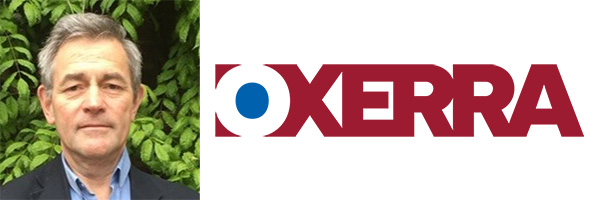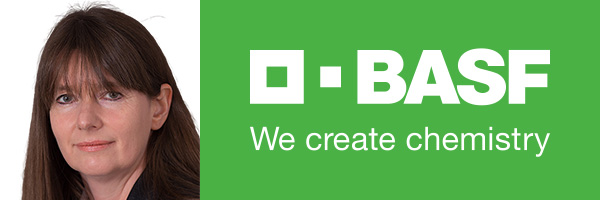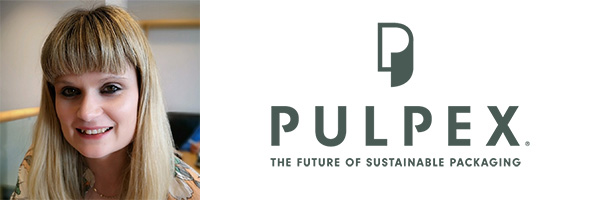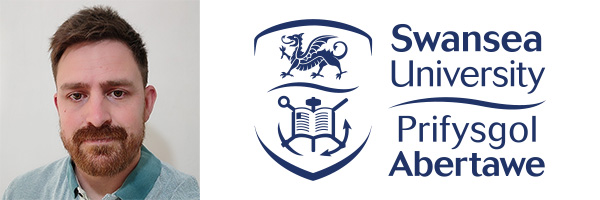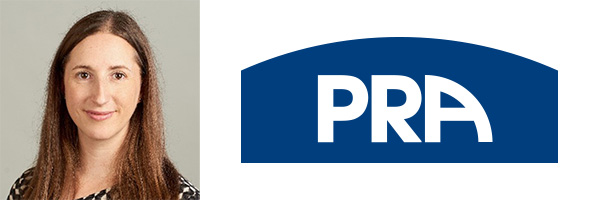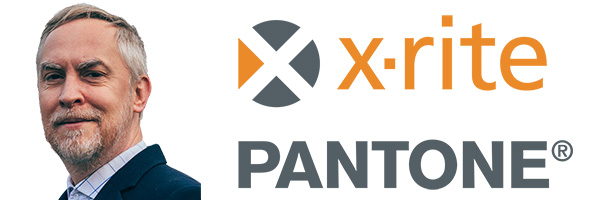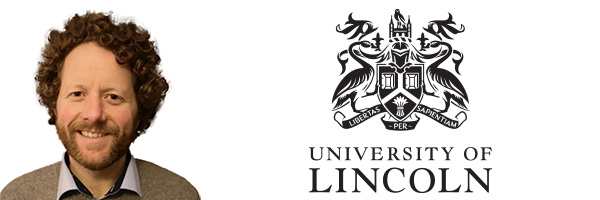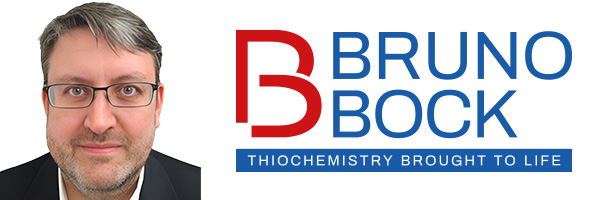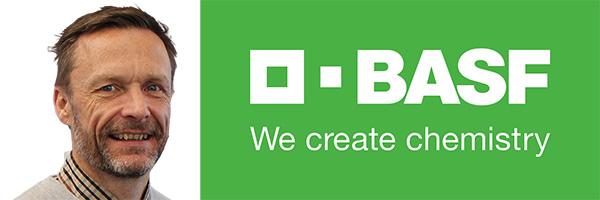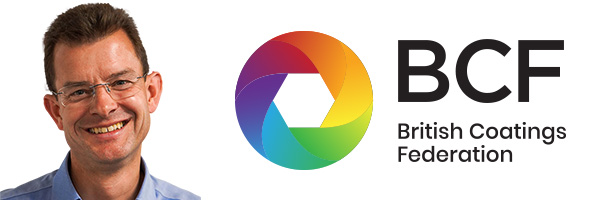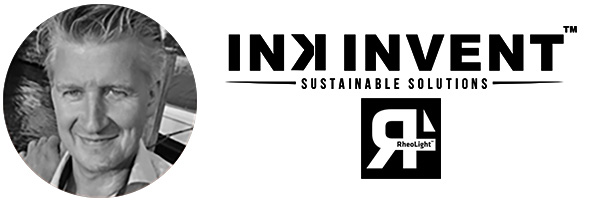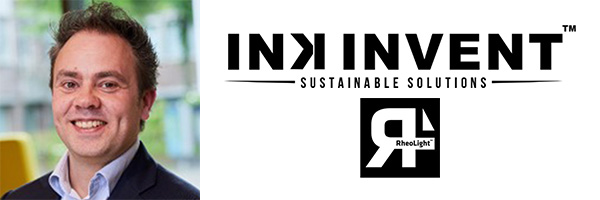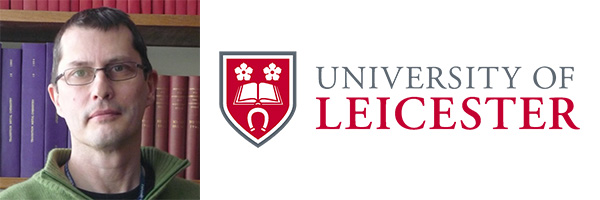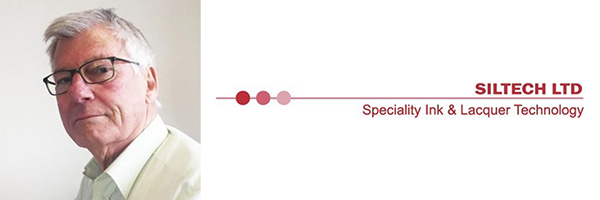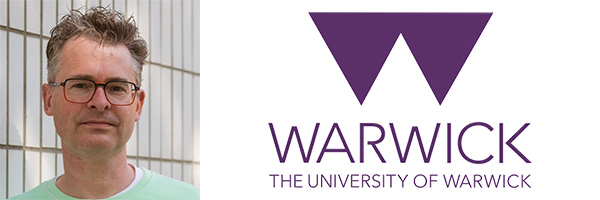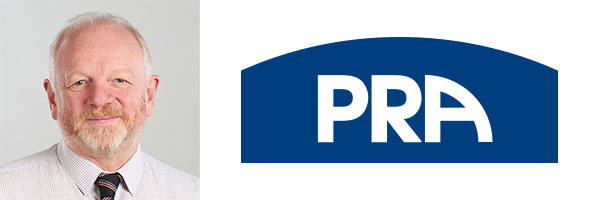SURCON 2023 Programme
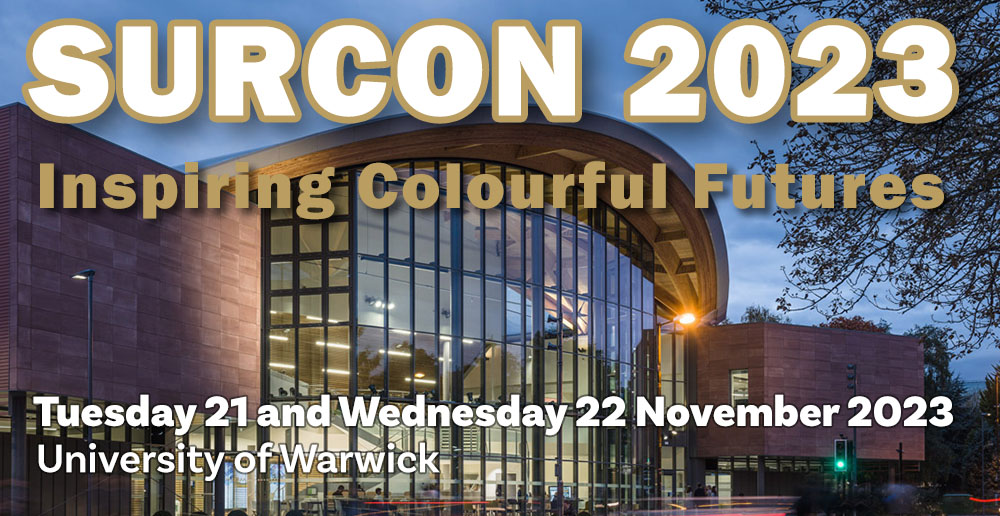
Venue: Warwick Conferences, University of Warwick
Date: Tuesday 21st November 2023 – Wednesday 22nd November 2023
Time: 09:00 – 17:00
DAY 1: 21st November 2023
08:30 – 09:15 |
Registration – Radcliffe Reception |
09:15 – 09:20 |
Opening Remarks: Paul Sheppard, OCCA President
View Speaker Bio Speaker Bio: Paul Sheppard is currently the Regulatory and Compliance Manager for HMG Paints Limited, and part of the Senior Management board of the largest independent industrial paint manufacturer in the UK. Paul gained a joint honours degree (Chemistry and Economics) and joined HMG through a Graduate Gateway programme organised by the University of Salford. In his 25 years at HMG Paul has experienced many facets of the business starting within the Colour Library, working with pigments and colourants, moving on to Quality Control and then Quality Assurance. Paul gained most of his paint and regulatory knowledge during his formative years within Quality Assurance, from fixing paint problems to authoring quality manuals and co-ordinating REACH activities. Given his experience Paul moved into a research role and headed-up major development projects gaining the company’s largest customer, following these successes he moved in to manage the Laboratory. Regulatory pressures (especially Brexit) saw Paul in great demand, tackling issues surrounding imports, exports and new UK and existing EU legislation, so he now heads up the Compliance Team at HMG Paints as Regulatory and Compliance Manager. Paul has always been an avid OCCA supporter and has worked at a local level as a Manchester Section Committee member, Secretary and Chairman, and more recently as Honorary Secretary and now President. |
09:20 – 09:30 |
Welcome to University of Warwick - Dr Ian Hancox – Director of Research Technology and Technical Strategy, University of Warwick |
09:30 – 10:15 |
Key Note Speaker 1: Dr Paul Sasada – Oxerra / Paul Sasada Consulting Ltd.
View Abstract & Speaker Bio Abstract: Sustainability is the leading trend in the coatings industry. The UN Sustainable Development Goals set out a wide range of activities under the banner of ‘Sustainability’. The first part of the presentation discusses the recent efforts of the paint industry from raw material supplier through to end user to become more sustainable. The recent focus of activity has been on decarbonisation of the entire value chain which aligns with wider net zero targets. The progress being made on this aspect of sustainability will be highlighted. The second part of the presentation will discuss what happens after the decarbonisation journey is firmly embedded in our industry. What problems does decarbonisation in our industry cause other sectors of society? What are the other ‘sustainability’ focus areas that are being currently worked on? Which areas are taking a back seat while the carbon emission issue is being addressed? How will the industry tackle these challenges that do not have an obvious solution? Speaker Bio: Joined ICI in 1985 where I had the pleasure of working with Peter in the R&D function |
10:15 – 10:50 |
Paper 1: Vikki Callaghan – Project Manager- Packaging, BASF
View Abstract & Speaker Bio Abstract: The materials used in the production of bottles come with compromises. Glass is heavy and needs a lot of energy to produce and recycle. Plastic is lightweight and much lower energy to produce but stays in the environment for a long time if not disposed of properly. When the global drinks brand owner Diageo set about a quest to find an alternative, they came to BASF to solve the problem of how to make paper hold liquid. This presentation showcases how custom formulated spray applied coatings were used to create a barrier to a wide diversity of both food and non-food liquids across a range of FMCG categories while remaining recyclable through normal paper waste streams. Speaker Bio - Vikki Callaghan: Vikki has worked in the chemical industry for 34 years. Speaker Bio - Laura Yates: Laura has over 17 years’ experience in the formulation and processing of thin film chemistry architecture utilising a range of techniques to deliver world leading performance quality in high performance products, a career built after completing a Chemistry degree at the University of Reading. After joining Pulpex in 2019, Laura has built a team focussed on understanding the fundamentals of barrier chemistry and the novel requirements of coating architectures for the wide range of contents for partner products. Covering fibre science and coating chemistry, Laura continues to set the agenda for Sustainable Chemistry at scale for Pulpex. |
10:50 – 11:15 |
BREAK |
11:15 – 11:50 |
Paper 2: James Claypole – Postdoctoral researcher, Swansea University
View Abstract & Speaker Bio Abstract: Printed electronics, as an additive manufacturing process, offers a significant environmental benefit when compared with conventional subtractive methods such as acid etching copper laminate. It also has several advantages, by being able to create complex multilayer structures for truly flexible materials. This includes developing highly flexible structures required for wearable technology such as the nano-LED panels used in the Eye-of-the-storm dress, or the heater panels used in bespoke garments worn by gold medal winning Olympic athletes. However, one of the significant limitations is the high cost of materials and, as with conventional electronics, the un-environmentally friendly recovery processes. The solution to this lies in rethinking the materials used in the printing process, such as our innovative silver ink which has been designed to be recovered in an environmentally friendly and cost-effective way. This development is the first step to creating fully recyclable green electronics, allowing all the component parts of the product to be recycled/reused through their own waste streams. Speaker Bio: James has worked as a researcher at the Welsh Centre for Printing and Coating based in Swansea University for more than 10 years. During the last project he developed a formulation and method for recovering silver from printed electronics. A patent was filed for the technology with the help of the AgorIP and is currently the subject of an Innovate UK ICURe Explore project to determine the commercial potential. James’ background is in the formulation of novel materials for printing and in the rheological measurement of process materials. He has worked on a number of notable research projects including; Advanced Rheology for Printed Large Area Electronics, which established the link between the rheological and print performance of inks for screen printed electronics. Advanced Function Micro & Nano-Materials, which focused on the scale up of technology developed in the WCPC labs with the partner companies. This involved the technology transfer of flexible carbon and silver inks for wearable technology which were an integral part of the heated garments for elite sport. He worked on the development of the prototype heated garments, which were used by British Olympic athletes during training and gold medal British athletes at the Olympic games in Tokyo. This included managing the production, quality control, printing, control electronics, user interfaces, printed electronics design and testing. |
11:50 – 12:25 |
Paper 3: Laura Pilon – Senior Scientist & Quality Manager PRA
View Abstract & Speaker Bio Abstract: The coatings industry is a major contributor to the global use of solvents (46% of total usage). Solvents are used as a transfer medium for ease of application to a surface as well as for cleaning. Several solvent sustainability guides have previously been published but are, so far, mainly aimed at pharma applications. The coatings industry uses specific solvents, tailored to paint applications, which are often not covered in these guides. The assessment criteria may also be inappropriate. A flexible and holistic approach to improving paint sustainability is needed due to the wide range of requirements of different coatings types. We discuss our progress towards preparing such a guide to assess current coatings solvents and emerging sustainable alternatives. Speaker Bio: Dr Laura Pilon is a Senior Chemist and Quality Manager at PRA World Ltd. She has a background in polymer chemistry and an ongoing interest in sustainable chemistry and the circular economy. She has worked in R&D in a variety of industries including adhesives, packaging and currently paints and coatings. |
12:25 – 13:45 |
LUNCH |
13:45 – 14:20 |
Paper 4: Matthew Adby – Product Management Director -CP&M Retail, Appearance & Automotive Products, X-Rite
View Abstract & Speaker Bio Abstract: We will explore how portable devices enabled to measure SVBRDF (Spatially Varying Bidirectional Reflectance Distribution Function) can be used to control multiple attributes that are important to the costings industry, these will include sub-surface properties such as sparkle, flip & flop that are common to effect car paints, and surface properties such as roughness and texture that impact the visual appearance of structured coatings. Material properties can be communicated throughout a workflow starting from design visualization through the supply chain and quality control, providing full understanding of impact caused by variation in color & appearance. Speaker Bio: Matthew Adby X-Rite Product Management Director - CP&M, Retail, Appearance & Automotive Products: |
14:20 – 14:55 |
Paper 5: Dr. Rob McElroy – Senior Lecturer in Green Chemistry, University of Lincoln
View Abstract & Speaker Bio Abstract: Fatty acids and fatty alcohols have long been used in the production of both ionic and non-ionic surfactants. Here the products are typically linear and make use of acid/ester functionality. By targeting unsaturation in these bio-derived feedstocks, a family of novel non-ionic surfactants can be produced via epoxide chemistry. The chemistries involved are low temperature, high atom economy, catalytically activated and proceed in good yield. The range of potential applications is diverse, from wetting through to solubilisation. Speaker Bio: From his PhD in bio-derived pressure sensitive adhesives at Keele University, to a 2 year post doc in dialkyl carbonate chemistry at Ca Foscari (Venice), to 12 years at the University of York, Dr McElroy has always worked in the field of Green and Sustainable Chemistry. Working under Professor James Clark as a Research Associate and then Fellow at the Green Chemistry Centre of Excellence, he developed his main research around surfactants, phytomining and phytocatalysis, mesoporous carbons, bio-derived polymers and solvents. He is one of the co-inventors of the solvent Cyrene and the CTO of the start-up Starbons Ltd. |
14:55 – 15:25 |
BREAK |
15:25 – 16:00 |
Paper 6: Tom Beyersdorff - Technical Marketing Manager, Bruno Bock
View Abstract & Speaker Bio Abstract: The addition of Thiocure polythiols as co-monomers to UV curable formulations provides several benefits such as reduction of oxygen inhibition during cure, the possibility to cure very thin and very thick layers or the possibility to cure highly pigmented or filled systems. In addition, Thiocure-Acrylate networks typically have a much more homogenous structure and show reduced brittleness and improved impact resistance compared to pure acrylic networks. All of these benefits can be explained by a change in the curing mechanism which is induced by the addition of Thiocure polythiols to the formulation. The change in curing mechanism will be discussed in more detail in order to understand how the change in mechanism leads to the above mentioned benefits.In addition the results from comparative tests with amine synergists at different wave length, photoinitiator concentrations and film thicknesses will be provided. Furthermore a brief overview on the influence of Thiocure products on the mechanical properties of the cured film will be presented. Finally formulation guidelines for using Thiocure products in UV curable formulations will be provided. Speaker Bio: Dr. Beyersdorff received his PhD in organic chemistry from Freiburg University in 2004. The same year he started as Head of Special Chemistry with the newly founded start‐up IoLiTec GmbH IN Freiburg/Germany. In 2006 Dr. Beyersdorff became Head of Marketing at IoLiTec GmbH and was responsible for the incorporation of the companies US distribution subsidiary IoLiTec Inc. located in Tuscaloosa/Alabama, which he ran as President from 2010‐2012. From 2012 until 2016 he was Sales Engineer for UK based REM Surface Engineering Ltd. Since 2016 Dr. Beyersdorff is in charge of Technical Marketing at Bruno Bock Thiochemicals. |
16:00 – 17:00 |
Panel Session : Meeting Net Zero: challenges for industry and society
View Speaker Bio Speaker Bio: A polymer chemist by education, Tony Heslop spent the first 15 years of his career in the coatings industry working first in R&D and then moving into sales of pigments and additives with Ciba. After the acquisition of Ciba by BASF, he moved into their dispersions business before becoming market development manager for the UK/Ireland. For the past four years, as Senior Sustainability Manager, he has been focussed upon translating BASFs sustainability strategy into local action and helping customers and colleagues meet their sustainability targets. The session will address the challenges facing chemical and coating manufacturers: increasing energy efficiency and use of renewable energy; reducing reliance on fossil-based feedstocks for materials; and improving recyclability of products and packaging. |
17:00 – 17:15 |
Day 1 Summary & Close |
17:30 – 18:30 |
POSTER SESSION – Space 1 |
18:45 |
DRINKS RECEPTION – RADCLIFFE BAR |
19:30 |
DINNER – RADCLIFFE DINING ROOM |
DAY 2: 22nd November 2023
09:15 – 09:20 |
Day 2 Welcome: Paul Sheppard - OCCA President |
09:20 – 10:05 |
Key Note Speaker 2: Tom Bowtell – CEO British Coatings Federation
View Abstract & Speaker Bio Abstract: Back in October 2021, the BCF’s Board of Directors made the commitment to become Net Zero by 2050. Saying it is one thing, but how to get there? Over the last two years, the BCF team has investigated and established the key changes the coatings industry will have to make to get to Net Zero, including the supply chain’s efforts to move to renewable energy sources to process and convert raw materials, and evaluating the scope to create biobased products. In presenting BCF’s Net Zero Roadmap, Tom will outline what this journey looks like, what the baseline CO₂ emissions are for the sector, and how BCF is helping members prepare for and start their own Net Zero journeys. Speaker Bio: Tom has led the British Coatings Federation as Chief Executive Officer since 2012. The BCF represent manufacturers of paints, coatings and printing inks and their suppliers, a net exporting sector that UK manufacturing and construction depends on. Tom has extensive experience in the paints and coatings industry, having worked for AkzoNobel for 19 years in the Vehicle Refinish and Decorative Coatings Sectors in the UK, The Netherlands, Eastern Europe, and the USA in senior sales and marketing roles. Voted Leader of the Year by the Trade Association Forum in 2014, the BCF was named UK Trade Association of the Year in both 2017 and 2018 under Tom’s leadership. Tom is the current chair of the Alliance of Chemical Associations and of the Royal Society of Chemistry Coatings Interest Group. Tom has previously chaired the Graphics and Print Media Alliance and is a trustee of the Two Sides organisation. Tom is a member of the European paint and printing ink association’s operational board and is the current President of the World Coatings Council. Tom has a BA business degree from Bournemouth University. He is married with three children and, to use his own words, is passionate about cycling, football, and real ale. |
10:05 – 10:40 |
Paper 7: Paul Mijnen & Jeffrey Stouthamer - Ink Invent
View Abstract & Speaker Bio Abstract: Having developed the first in class innovative type of effect pigments ‘RheoLight’, Ink Invent provided the world with unique and tunable form-free application freedom to increase object visibility for both the human eye and machine detection systems such as LiDAR. Built around their patented glass beads technology, and in a perfect symbiosis with existing metallics and pearlescents, RheoLight’s ‘Crystal Glass Pigments’ open a new color landscape and play with light, enabling stylists with a new design freedom to incorporate increased visibility in any design, setting the stage for the AIPOV (Angular Independent Point-of-View) Visibility Model. The open-source AIPOV Visibility model builds upon existing historical models. By including the tunable Twin-Flop aesthetic effects andintroducing the inclusion of traffic environment relevant visibility criteria, Ink Invent defines a new era for utilizing colour functionality. Speaker Bio - Paul Mijnen: Education: Aerospace Engineering, Technical University Delft & MBA, TIAS-NIMBAS Speaker Bio - Jeffrey Stouthamer: Education: Analytical Chemistry, Laboratory Management, & International MBA
|
10:40 – 11:10 |
BREAK |
11:10 – 11:45 |
Paper 8: Karl Ryder - Professor of Physical Chemistry, Centre for Sustainable Materials Processing, University of Leicester
View Abstract & Speaker Bio Abstract: Electronically conducting organic polymer coatings are the basis for a range of new and novel technological applications such as flexible electronic circuitry and displays for mobile phones and computers, chemical sensors, energy storage (capacitors and batteries) and forensic visualisation. The polymers vary widely in chemical structure but share similar core features; many are switchable in colour and other properties, by an electrical mechanism. In this talk we will explore the origins of electrical conductivity in plastic polymers and will see how electrochemical stimulus can lead to colour change and a change in other interesting physical properties. We will see how the colour of such polymers can be modulated by polymer blending and how modern devices like OLED pixels in display screens function. Speaker Bio: Karl Ryder is a Professor of physical chemistry in the School of Chemistry, University of Leicester. Formerly of the University of Glasgow and the University of Aberdeen. He is director of the Centre for Sustainable Materials Processing (University of Leicester), a Royal Society Industry Fellow (Rolls-Royce) and current president of the Institute of Materials Finishing. Prof Ryder's interests lie in the chemistry of sustainable materials, surface coatings, surface engineering and energy. He has more than 15 years of experience working with aerospace, automotive and energy industries through collaborative and contract funding schemes in the EU and UK. He has worked in various projects facilitating fundamental science and technology development in projects on corrosion and wear protection, aerospace manufacturing and in the development of novel coatings, battery chemistries and recycling methodologies. Prof Ryder is also a highly cited academic author (h-47) of more than 145 peer reviewed articles and book chapters. |
11:45 – 12:20 |
Paper 9: Dr John Bannard - Managing Director, Siltech
View Abstract & Speaker Bio Abstract: For the sake of the environment, we should applaud the development of linerless labels. These are adhesive labels that do not have release paper. Instead, they have a layer of protective release lacquer on top of the label surface (which is usually bears the primary printing). Many adhesive labels are primary printed with information such as store name, product name, logo, but at the point of sale will be secondary printed with date, weight, price, etc. Inkjet cannot be used because the ink will not stick. If thermal printing is used, the label must be made from Thermal Label stock which is expensive and prints only black. Siltech, a manufacturer of special inks, offers a solution. The manufacturer of the label reels will print a patch of Thermoprint ink where the secondary information is required. This will reduce the cost of the thermal chemistry very considerably; furthermore, it will activate despite the presence of the release lacquer. Siltech makes dynamic inks: inks which change when submitted to energy. Thermoprint is a range of inks which are sensitive to heat, and they are available which turn to colours other than black, e.g. red, orange, green, blue, etc., and are applied by all of the common printing technologies. Corporate colours, also, are available. A colourful future is envisaged using Linerless labels and Thermoprint Inks. Speaker Bio: Dr John Bannard is Managing Director of Siltech Limited, a company, based in Nottingham, which manufactures dynamic inks. These are inks which change (e.g. a colour change) when energised (e.g. with heat). The offerings are described in www.siltechlimited.com. Before 1988, Dr Bannard had been an academic; he took early retirement from his post of Professor of Industrial Chemistry at the National Institute for Higher Education, Limerick, Ireland. |
12:20 – 13:20 |
LUNCH |
13:20 – 13:55 |
Paper 10: Prof Stefan Bon - Professor of Polymer & Colloid Chemical Engineering, University of Warwick
View Abstract & Speaker Bio Abstract: In this talk, we will highlight briefly recent scientific developments from our team in the area of sustainable polymer colloid chemical engineering, including nanogels as surfactants, and the idea to use crystallization on the surface of emulsion droplets as a tool to fabricate surface textured capsules. The main part of the talk will focus on a concept for an on-demand linerless pressure-sensitive adhesive (PSA) label. Containment of a PSA has been achieved by entrapment within a scaffolding 3D hard mesh structure. The label sticks upon instant application of heat and pressure, which softens and deforms the mesh allowing for PSA release. The design eliminates the need for a release liner and release coating in labels offering a more sustainable product. Speaker Bio: Stefan Bon is a professor at the University of Warwick in Polymer and Colloid Chemical Engineering. Originally from the Netherlands, educated at the Eindhoven University of Technology (TU/e), he joined Warwick Chemistry in spring 1998. His research team, BonLab, works at the forefront of polymer and colloid science, by blending chemistry, with soft matter physics, and chemical engineering. The team works with various multinational industrial players to innovate in science, often using a green and sustainable approach. He is an academic lead for Warwick University's Centre for Doctoral Training bid called Plastics Shaken Up, which will train the next generation of doctoral students in a STEM+ way. He is the founder of the Polymer Club, Warwick’s consortium for external partners working in polymer science and engineering. He is a recipient of a 2021 Warwick Award for Teaching Excellence (WATE). He is the director of the STEM+ MSc courses Global Decarbonisation and Climate Change. |
13:55 – 14:30 |
Paper 11: Dr Ben Naden – Senior Scientist, PRA
View Abstract & Speaker Bio Abstract: Improved sustainability of the coatings industry has expanded from regulation and reduction of VOCs to include energy and resource conservation, waste minimisation, improved process efficiency, and use of renewable and recycled materials. Raw material manufacture and downstream use and disposal are the largest contributors to the environmental footprint of coatings. Speaker Bio: Dr Benjamin Naden is a Senior Scientist at PRA World. Ben has over 25 years’ experience in R&D and manufacturing of industrial chemicals and coatings. Current duties include the management and technical delivery of projects involving paint product and application development, with a particular focus on sustainability in the industry. |
14:30 – 15:00 |
BREAK |
15:00 – 16:00 |
Panel Session: UK Regulatory landscape: where are we now and where are we going? The session will include discussion regarding the impending PCN deadline, EPR, UK REACh and CLP regulations and how companies can tackle issues that occur when suppling domestic and European markets. |
16:00 – 16:15 |
Best Poster Award and Closing Remarks |




